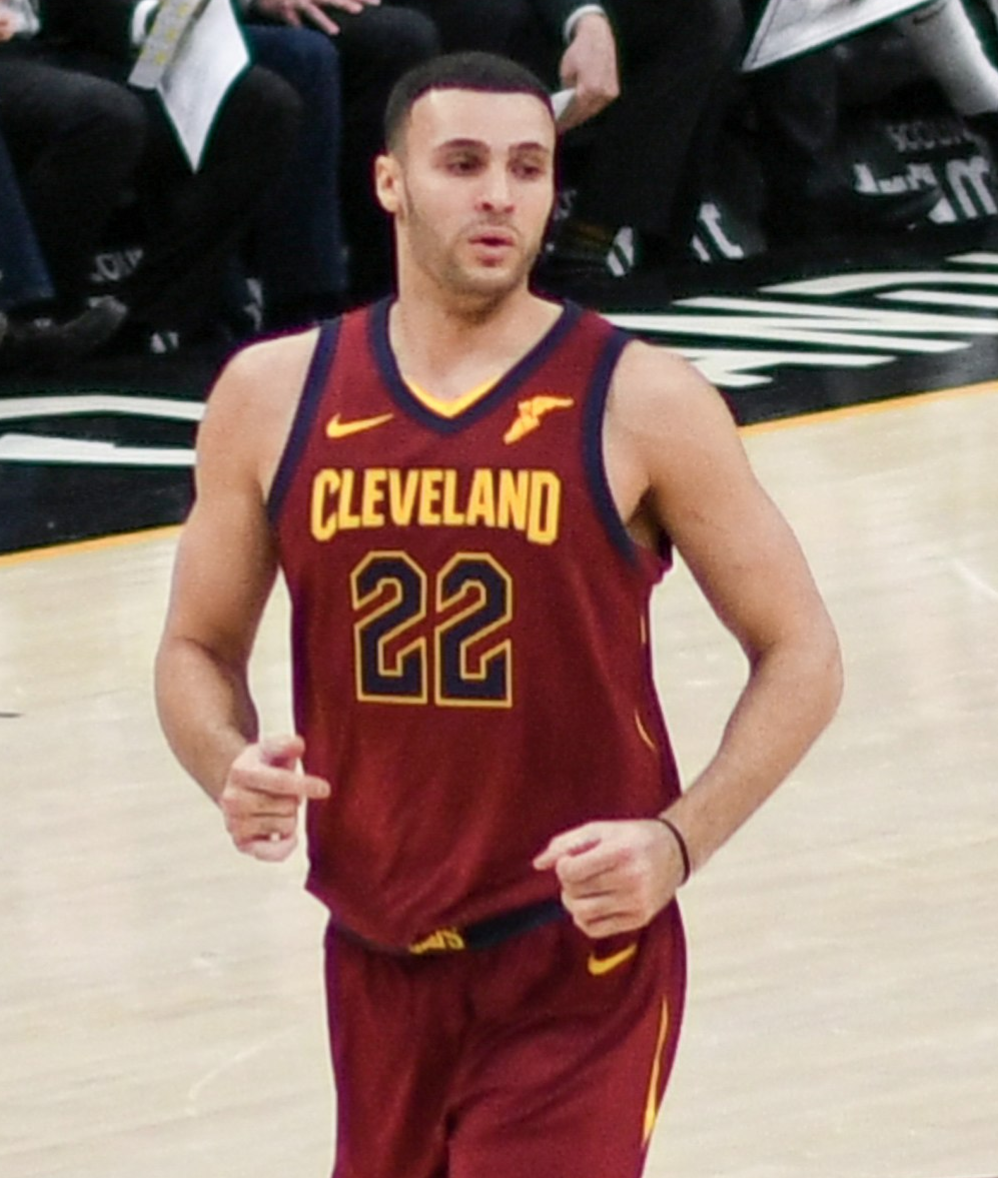
Photo courtesy – IPZ, Team USA, YaleBulldogs
By: Joshua Silverman
Former Yale University basketball forward Matt Townsend remembers hearing the diagnosis.
“Crohn’s disease.”
“Lifelong,” he recalls the doctor saying. “Daily medication.”
The doctor’s conclusion devastated Townsend, a 6-foot-7 Rhodes Scholar who graduated in 2015.
“I just remember going home and crying in the shower,” he said. “Growing up, I can’t really remember other times emotionally crying like that.”
Crohn’s disease affects over 780,000 people in the United States. It’s an inflammatory disease that attacks the small bowel and colon. While the cause is unknown, the pain can be so bad people can’t get out of bed.
The pain and symptoms that come with it can often lead to surgery and the removal of the infected parts of a person’s intestines. On top of the physical pain, the disease often exacts an emotional toll.
Athletes are not immune to the disease’s punishment, either.
For Matt Townsend, former National Football League quarterback David Garrard, former National Hockey League wing Theo Fleury, Olympic swimmer Kathleen Baker, Cleveland Cavalier forward Larry Nance Jr. and others, Crohn’s disease, and the symptoms that come with it, are just more competition.
Along with the emotions of being diagnosed, there is also the pain. Garrard, who has felt the punishment of NFL linebackers, could barely stand up his stomach hurt so badly.
“When I reported to the team in March of 2004, I told our trainer that my stomach’s been bothering me and it’s kind of always been a little upset,” Garrard said.
“He gave me some kind of diuretic,” he added. “I went back home later that night and threw it up and just sort of realized, ok, there is something more going on here than just an upset stomach. I went to the gastroenterologist the very next day and they did all these tests. The doctor got me in the room and said, it looks like it’s Crohn’s disease.”
He was blindsided by what was ahead.
“I said, ‘OK, great I’ve never heard of that so it can’t be that bad,’” Garrard said. “I called my wife on the phone and told her and she started to look things up. She said, ‘Wow, David it’s a lot worse than what we thought it was.’”
When Garrard was diagnosed in 2004, he had research and technology available. That can’t be said for Fleury, whose diagnosis came in 1995
“I was searching for information and ways to cope, ways to heal, ways to cure,” Fleury said. “I was at the mercy of my doctors and having to trust them and that they knew what they were doing.” Fleury, a perennial all-star, would continue on to score 445 goals over his 15 years career, mostly playing for the Calgary Flames.

Townsend dealt with the disease privately.
“I think that living with a chronic illness, I never wanted to be framed by that disease,” Townsend said. “I didn’t want people to look at me differently or question my ability to perform at a high level. I guess I wanted more control over how I could shape my identity and felt more comfortable doing that without discussing that part of my life.”
According to the American College of Gastroenterology, Crohn’s disease — which has no cure — likely develops from a combination of genetic, environmental. and immune system factors.
While the disease has a lot of negatives associated with it, it also brings an opportunity to build on your foundation.
“I think any adversity you face in life where you don’t use destructive ways to deal with whatever you’re dealt with puts you in a position of education and educating yourself,” Fleury said. “That then allows you to help other people when they reach out for help.”
Dr. Thomas Ullman, Chief Division of Gastroenterology at Montefiore Medical Center, has seen his patients’ struggle differently depending on their lifestyle.
“While an office worker or a college student might have the benefit of working from home or adjusting their schedule in some way to account for having a chronic illness, no such luxury is afforded to the professional athlete,” Dr. Ullman said. “Anecdotally, athletes in must adopt a resilience not known to non-athletes, likely a part of their emotional make-up t given the long hours of difficult physical training that is at the core of all professional athletes.”

Garrard, who was drafted in the fourth round of the 2002 NFL Draft, played nine seasons in the NFL, all with the Jacksonville Jaguars, for whom he started 76 games. While he faced challenges in the NFL, his battle with Crohn’s was different.
“Crohn’s was something I had to rely on doctors and on medicine and on eating healthy for,” Garrard said. “If I can get through something like that, then the other stuff is basically minute compared to that. This is something that could have almost destroyed my whole life if I really let it and didn’t attack it head on and be positive throughout it.”
At the 2016 Olympics in Rio de Janiero, Baker, an American from Winston Salem, North Carolina, won a gold medal in the 4×100 medley relay and a silver in the individual 100-meter backstroke at just 19 years old. She had already been dealing with her diagnosis for six years.
“I have an extreme appreciation for my sport and Crohn’s has made me appreciate being healthy,” Baker said. “It’s definitely built up so much mental toughness whether that be in school, swimming or just in life.”
As an autoimmune disease, Crohn’s affects people in different ways. For example, while one course of action may ease one patient’s symptoms, it may not for another individual.
“I think from a very young age I had learned to, for lack of a better word, suck it up,” Townsend added. “I don’t think that’s always the best approach to things but I think for me personally it was very helpful and focusing my effort.”
The emotional effects of the disease can hamper athletes nearly as much as the physical, too.
“When I was diagnosed, my coach told me we weren’t going to have to change any of my dreams because of this. I think that really meant a lot to me,” Baker said. “My parents really helped me through everything and really made me feel like this wouldn’t deteriorate any part of my life.”
Garrard turned to his teammates for support.
“They realized – in almost an instant – that the game was almost taken from me,” Garrard said. “They showed up when I was in the hospital when I had my surgery (to have some his intestines removed). A lot of the coaches came in and wanted to make sure that I wasn’t just there by myself — that they were there with me.”
Fleury, who also battled addiction during his 16-season career in the NHL, leaned on his sense of humor.
“I just think that you go through periods of time where you always have to be weary of where washrooms are in every situation that you’re in because you never know what’s going to happen,” Fleury said. “I’ve had lots of accidents and lots of times when I wasn’t close to a washroom and accidents happen.”
After his diagnosis, Cleveland Cavaliers forward Larry Nance Jr. was looking for a role model. Now, he has formed his own charity, Athletes vs. Crohn’s disease.
“What is really cool is Larry is one of those kids that, when he was first diagnosed, did research on what other athletes are out there that have it and of course my name came up for him and he was like, ‘OK, this is my dude, this is my hero,” Garrard said of the 2015 first-round pick.
Nance, who is 25 years old and in his fourth NBA season, speaks publicly about Crohn’s disease, how it has affected him and how he deals with it.
“I’m proud to see that one of those kids that said I was an inspiration to him actually made it through. (He) does a lot of charity and, hopefully, I was able to be a little piece of that,” Garrard said.

After facing Crohn’s head on, these star athletes are able to look at the disease as yet another challenge to overcome. They managed to play their respective sports at the highest levels despite the trouble that was happening inside their bodies. Taking on the disease wasn’t just enough for them, they have now become an inspiration for the next generation of kids growing up with Crohn’s.
Best of the Rest: